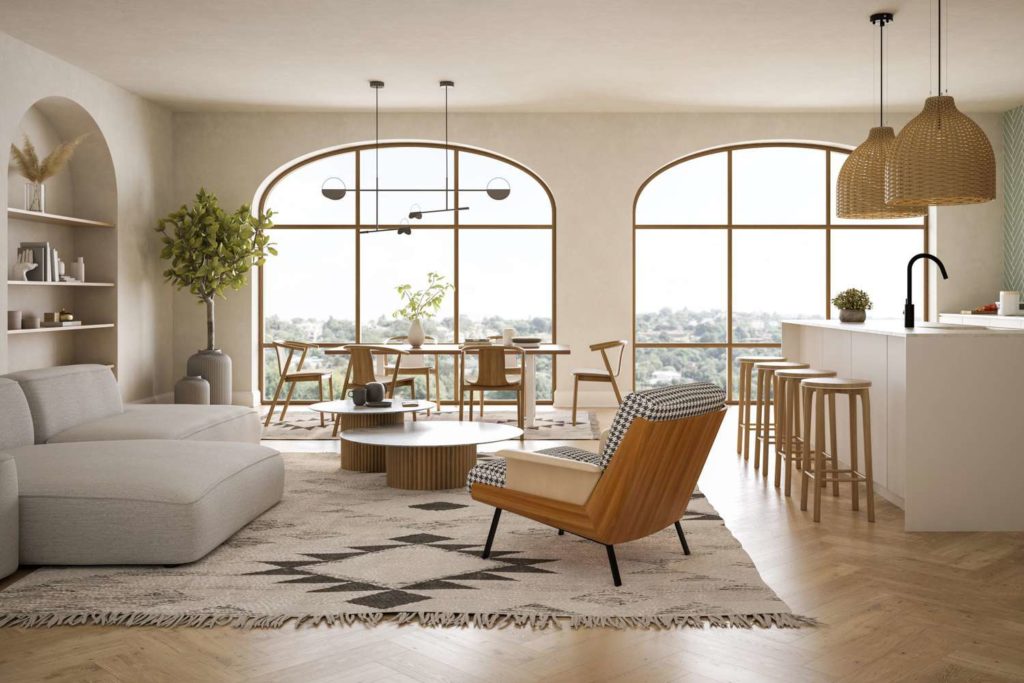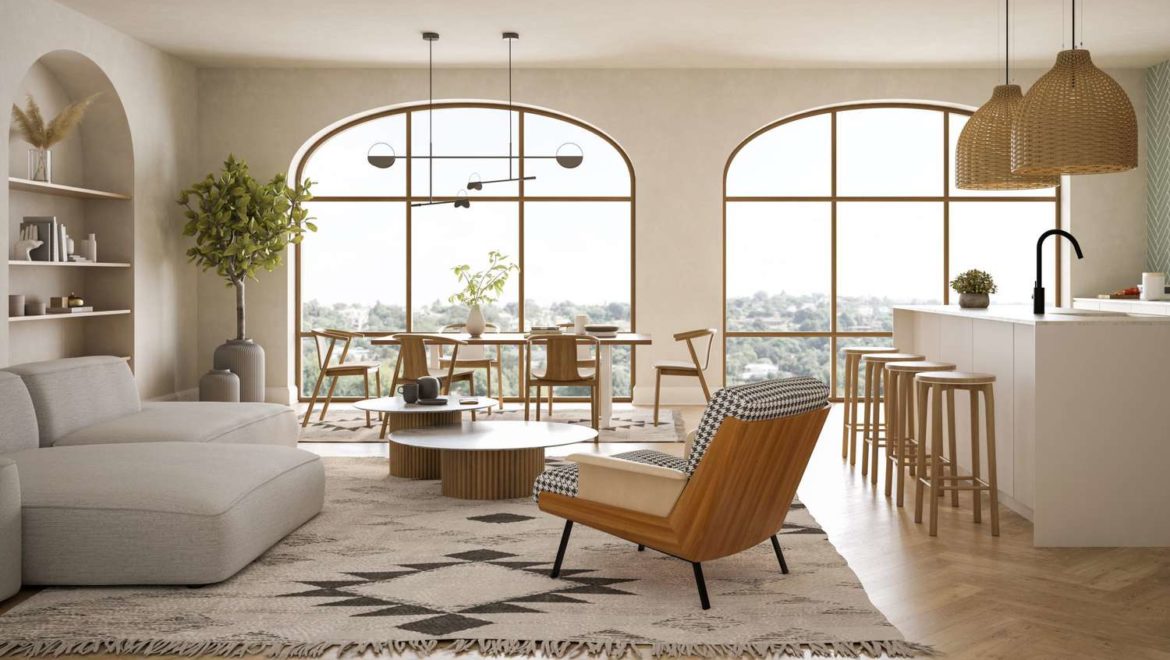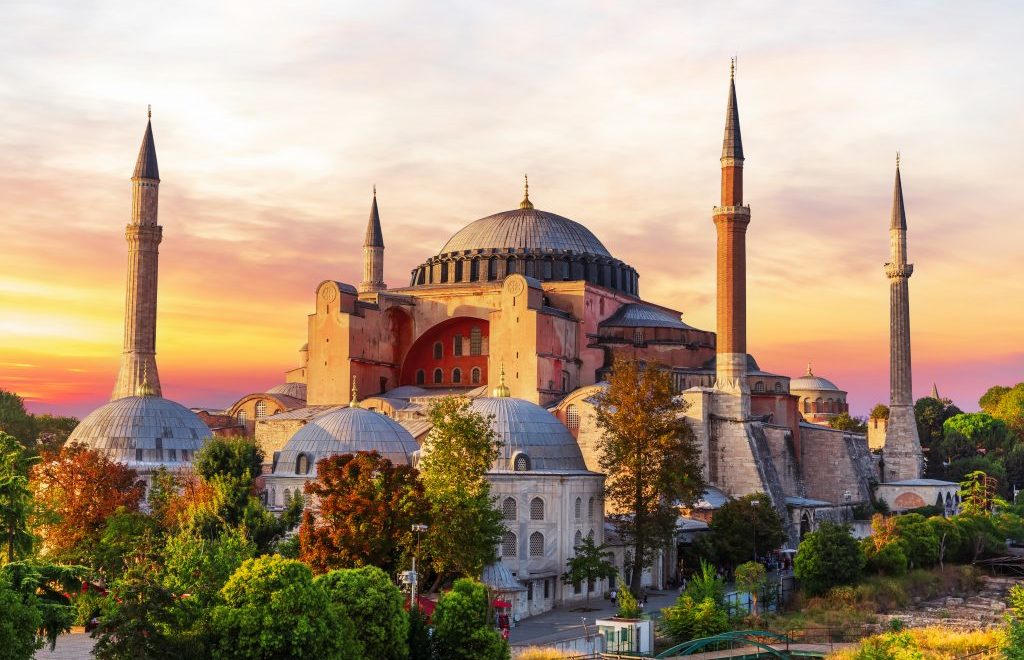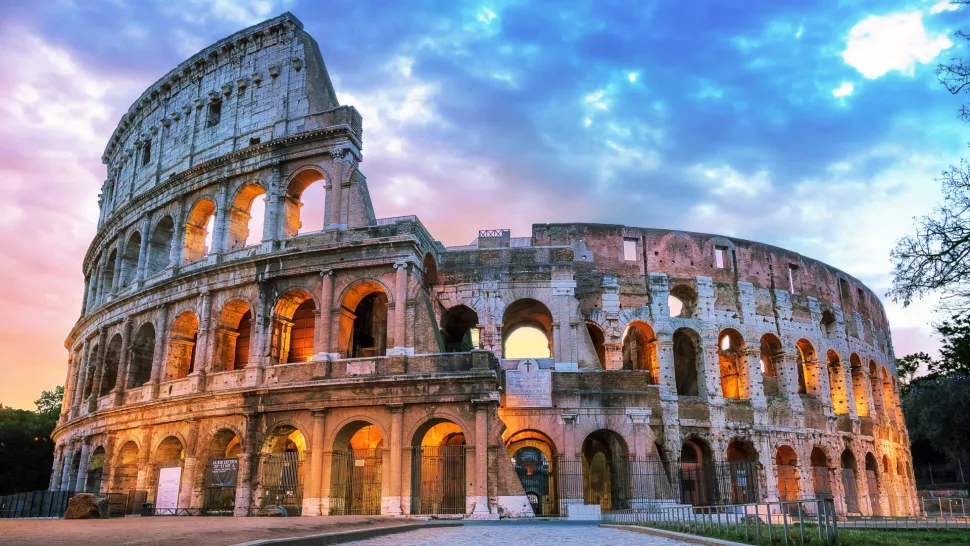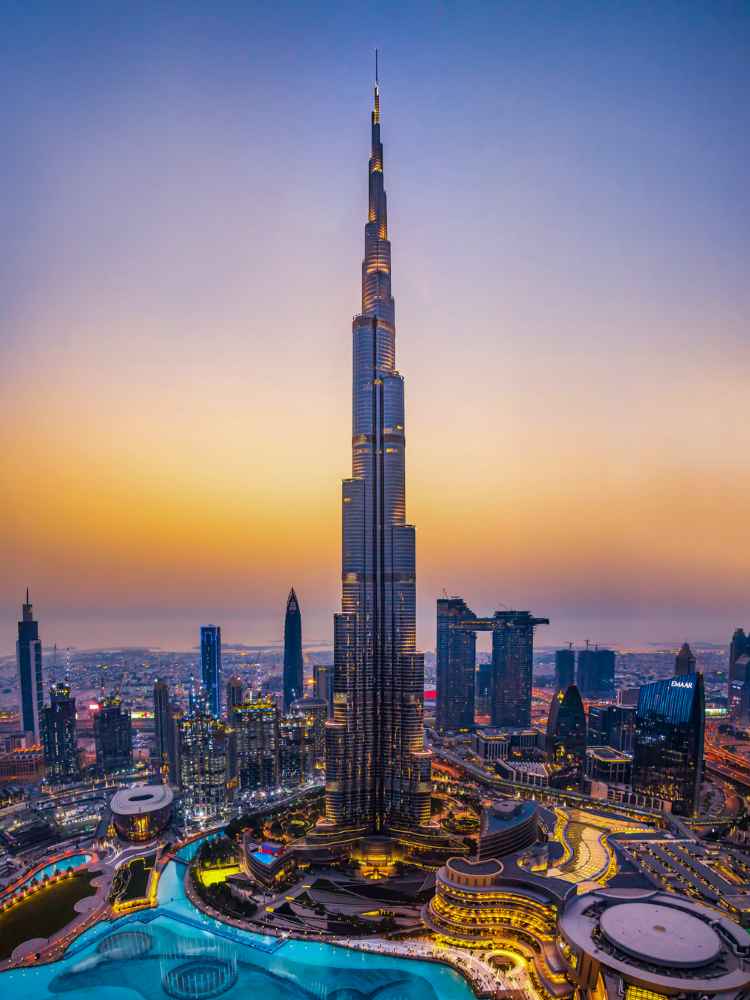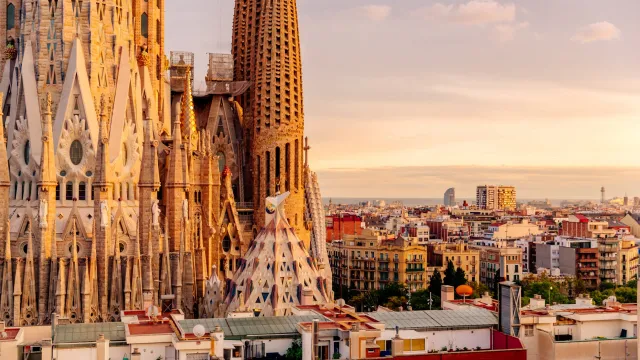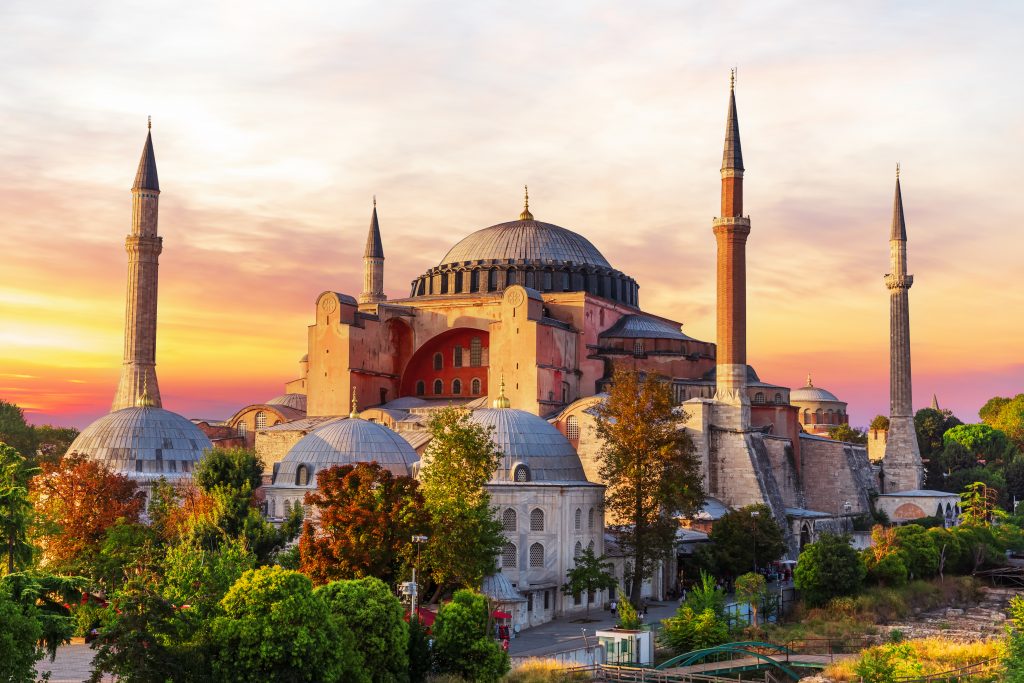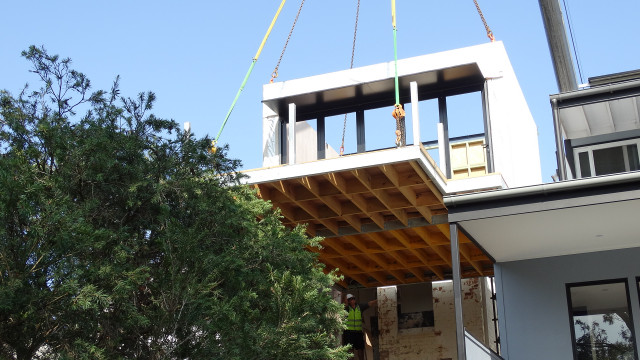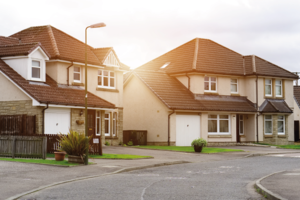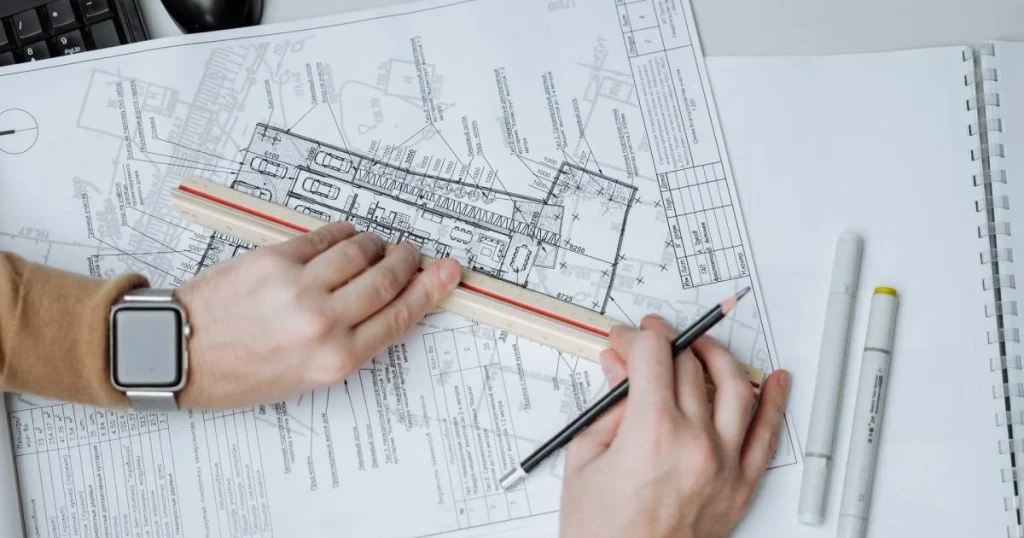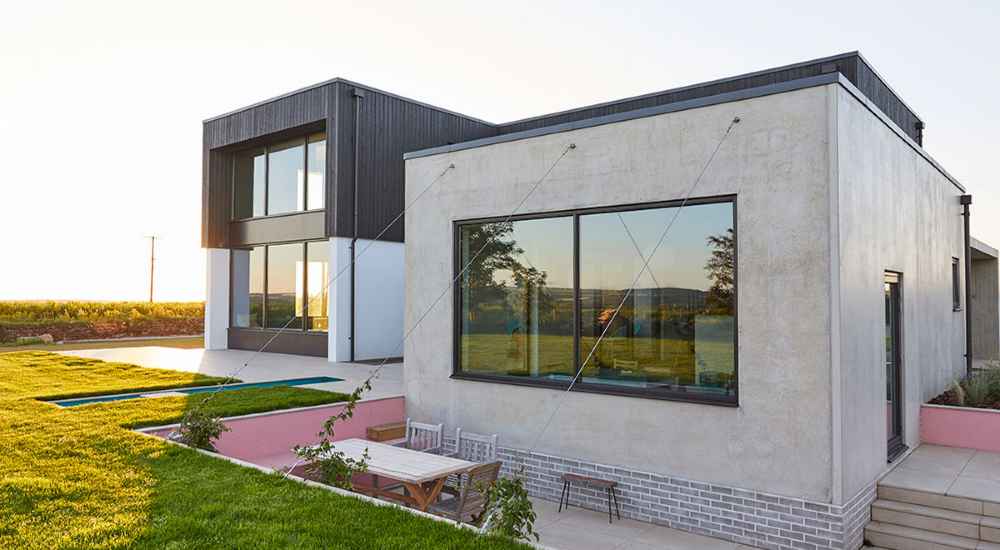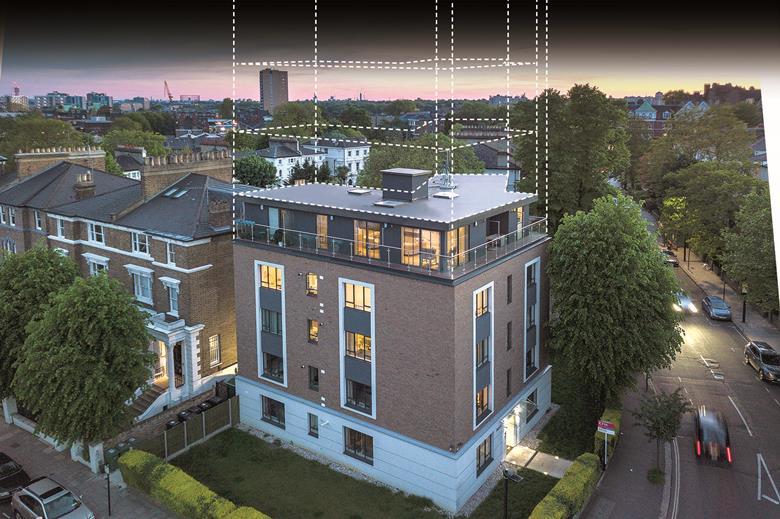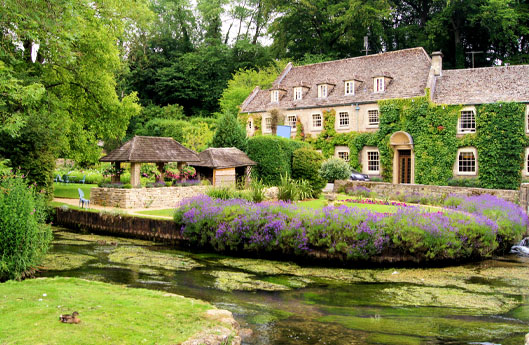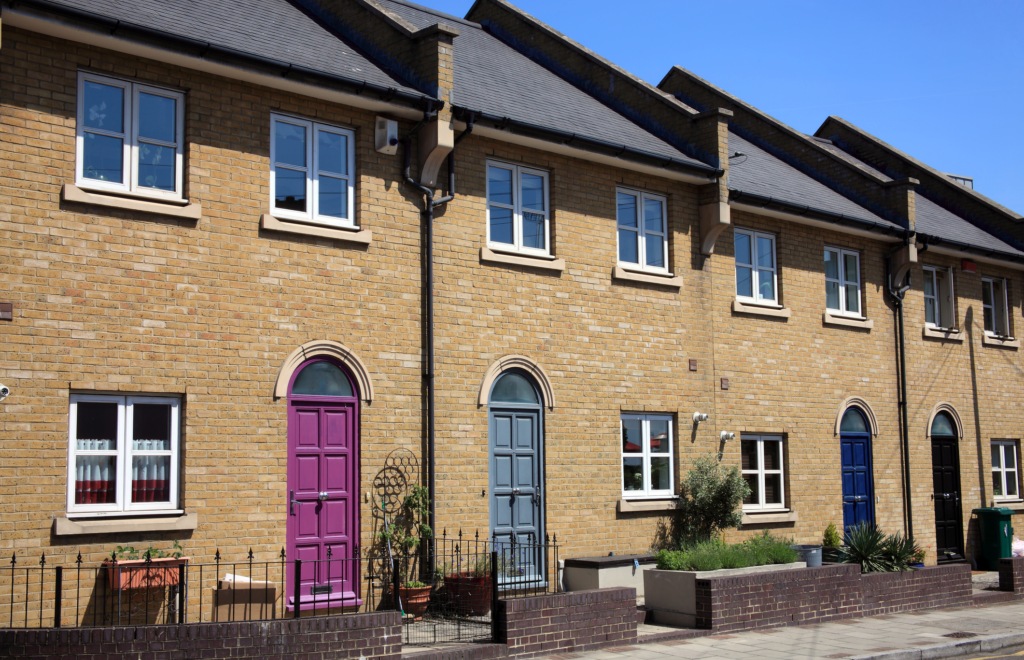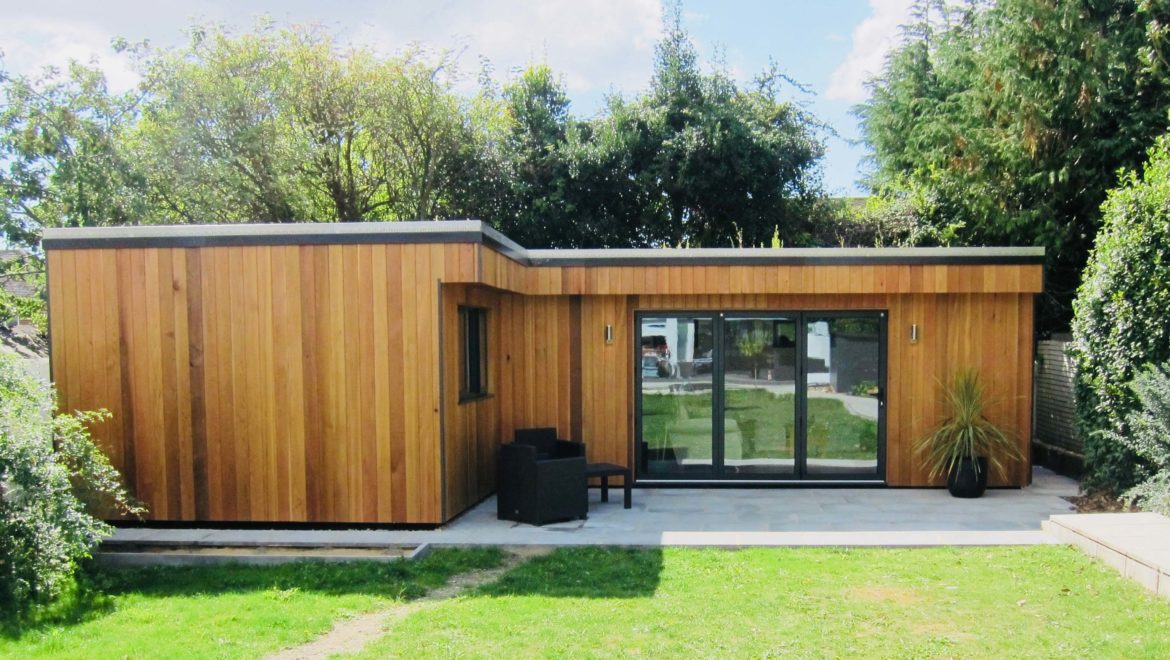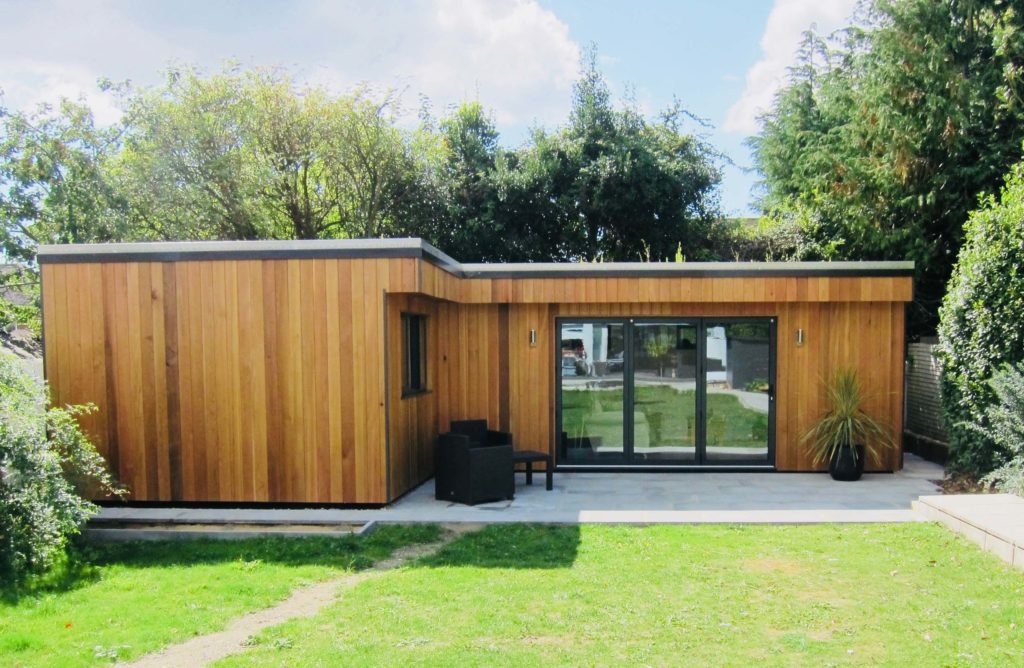Exploring the Intriguing Interior Design Trends of 2023
The world of interior design is constantly evolving, with each year bringing new inspirations, materials, and styles to transform living spaces. As we step into 2023, a fusion of timeless classics and innovative ideas takes center stage, shaping the way we adorn our homes. From sustainable practices to bold color choices, the interior design trends of this year offer a plethora of options to create spaces that are not only stylish but also reflective of individual personalities.
Biophilic Design: Embracing Nature Indoors
In 2023, the biophilic design trend continues to gain momentum, emphasizing the connection between humans and nature. Homeowners are increasingly integrating natural elements like indoor plants, green walls, and natural materials into their interiors. This trend not only enhances aesthetics but also promotes well-being by improving air quality and creating a calming atmosphere.
Grandmillennial Style: A Nostalgic Resurgence
Nostalgia takes the spotlight with the resurgence of grandmillennial style. This trend is all about blending traditional design elements with a contemporary twist. Think classic furniture, vintage patterns, and floral wallpapers paired with modern accents. The grandmillennial style celebrates the charm of yesteryears while remaining relevant in today’s design landscape.
Earthy and Warm Color Palettes
2023 sees a shift towards earthy and warm color palettes, replacing the cooler tones of previous years. Rich terracottas, deep ochres, and warm neutrals take center stage, creating cozy and inviting spaces. These hues not only evoke a sense of comfort but also seamlessly complement the emphasis on natural and sustainable design.
Sustainable and Upcycled Furnishings
As environmental consciousness continues to rise, sustainable and upcycled furnishings have become integral to interior design. Homeowners are seeking out eco-friendly materials, locally sourced products, and repurposed furniture to reduce their carbon footprint. The beauty of this trend lies in its ability to combine style with ethics, resulting in unique and meaningful interiors.
Minimalist Maximalism: The Art of Mixing Patterns
In a delightful twist, 2023 introduces us to the concept of minimalist maximalism. This trend encourages the artful mixing of patterns, textures, and colors in a controlled yet visually stimulating manner. By combining seemingly contrasting elements, homeowners can create spaces that are both dynamic and harmonious, expressing their individuality without overwhelming the senses.
Smart Technology Integration
No article about interior design trends in 2023 would be complete without mentioning the role of smart technology. Home automation systems, intelligent lighting, and innovative appliances are seamlessly integrated into interior spaces, enhancing convenience and functionality. The focus is not just on the technology itself, but on how it blends seamlessly with the overall design.
Personalized Retreats: The Home Office Redefined
The events of the past couple of years have reshaped how we perceive and use our homes. As a result, personalized retreats have gained importance, with the home office taking center stage. Design trends in 2023 emphasize creating functional yet stylish workspaces that cater to individual needs. From ergonomic furniture to creative storage solutions, the home office is redefined as a sanctuary for productivity and inspiration.
Conclusion
The interior design trends of 2023 embrace a harmonious blend of nature, nostalgia, and innovation. With a focus on sustainability, personalization, and technology, homeowners have a plethora of options to create spaces that reflect their values and aspirations. Whether it’s the soothing embrace of biophilic design or the playful interplay of patterns in minimalist maximalism, this year’s trends offer endless possibilities to transform houses into truly captivating homes.
